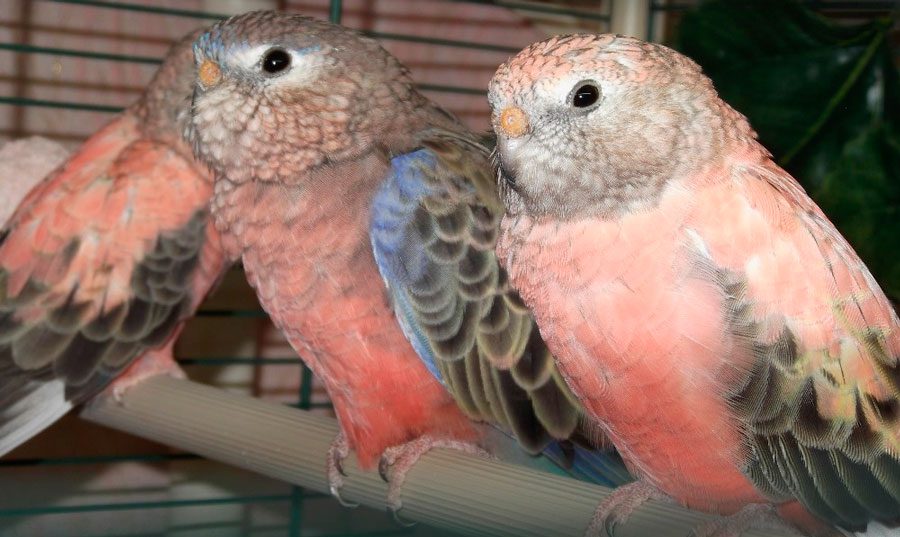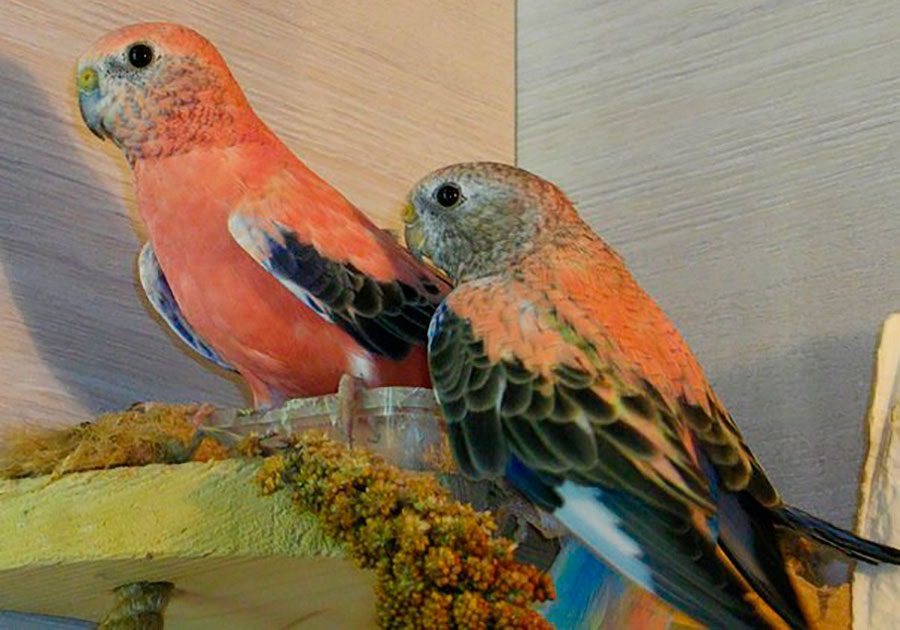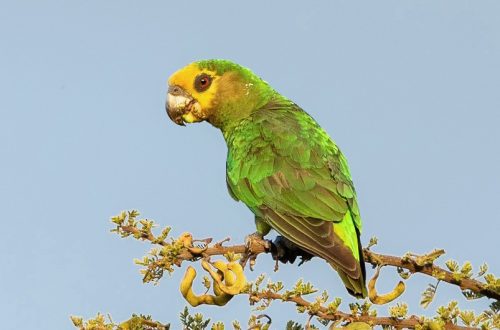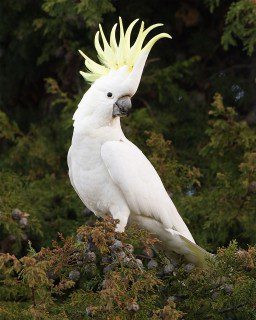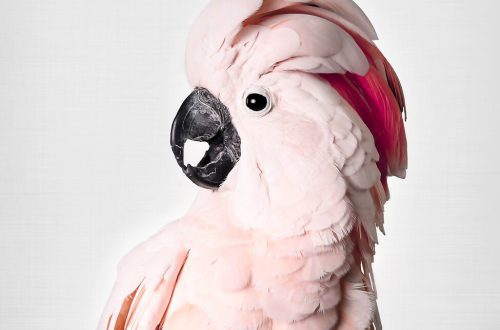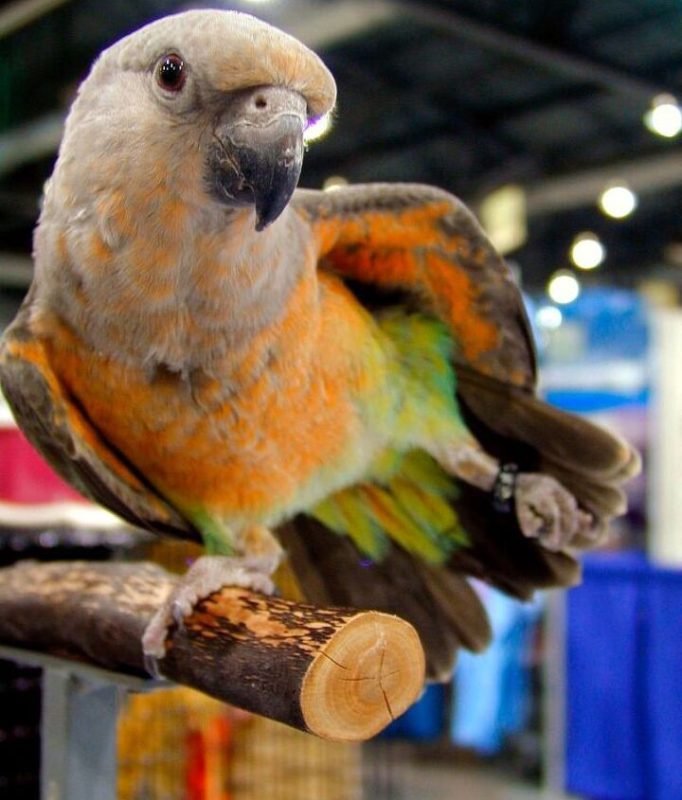
Rose-bellied herb parrot
The pink-bellied parrot (Neopsephotus bourkii) belongs to the genus of the same name and is the only representative of it. 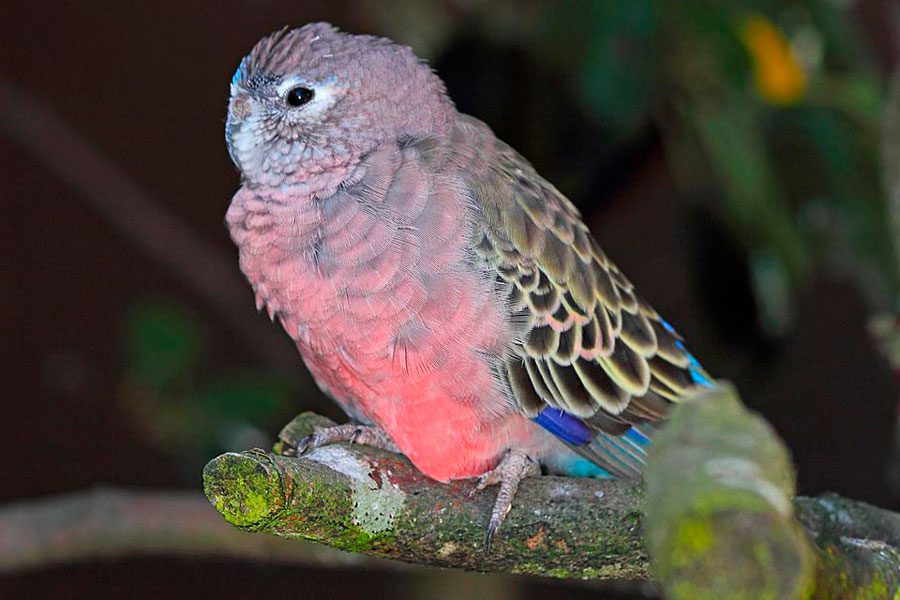
| Rose-bellied herb parrot | Neopsephotus bourkii |
| Order | Parrots |
| family | Parrots |
| Race | Rose-bellied grass parrots |
Contents
HABITAT AND LIFE IN NATURE
In the wild, it lives in South and Central Australia and on the island of Tasmania.
Birds are most active at dusk. Body length 22 – 23 cm, average weight 40-50 grams, body structure is similar to a budgerigar, but more downed.
The main color of the body is pinkish-brown, the abdomen is more intensely colored pink. In the color of the back and wings, in addition to pink, there are brown, blue, purple and gray-black colors. The tail is blue-blue. The beak is yellowish brown. The eyes are dark brown.
Sexually mature birds are characterized by sexual dimorphism – the male has a blue stripe on the forehead, and the blue color is more saturated on the fold of the wings. Females have blotches of white feathers on the head in the area of the eyebrows, but the color of the whole body is more faded.
In the wild, they mostly feed on grasses and seeds on the ground. Their color helps to merge with the ground and be invisible. Usually they live in small groups of 4-6 individuals, but they can also gather in flocks of up to a hundred birds.
Like many representatives of the Parakeet, the pink-bellied parrots are hollow-nesting. Nesting season from August to October. They prefer to build nests in hollow tree trunks at a depth of up to 1 meter. The clutch usually contains 4-5 eggs with an interval of 36-48 hours; only the female incubates them for about 18 days. The male feeds her all this time.
The chicks leave the nest at the age of 28-35 days. They are very caring parents, they can feed the chicks that have left the nest for a long time.
Outside of the breeding season, males defend their territory. They often prefer monogamy, that is, they choose one partner for a long time.
At the beginning of the 20th century, this species was close to extinction, but thanks to laws for the protection of nature, at the moment the populations have reached stability and are considered to cause the least concern.
When kept at home, these birds have shown themselves to be peaceful pets with a pleasant melodic voice. They breed fairly well in captivity. They can easily be kept in aviaries with other peaceful bird species of a suitable size. These parrots do not gnaw or damage the wooden parts of aviaries and cages. Breeders brought several colors of these wonderful parrots.
Life expectancy with proper care in captivity is 12-15 years, the literature describes cases of their survival up to 18-20 years.
Keeping pink-bellied parrots 
Unfortunately, in Europe, these birds are not very popular, however, for example, in the USA, these parrots are often kept as pets. These parrots do not have the ability to imitate human speech. These birds are sensitive to temperature changes and drafts, which must be taken into account when keeping them. Spacious aviaries or cages at least 80 cm long are suitable for these parrots. It is desirable that the bird has a pair, so they will be more active and interesting in their behavior.
They are usually most active in the early morning and evening. Often at this time, the male sings with his melodious voice. They quickly get used to the person, easily make contact. These birds are not very interested in toys, preferring them to communicate with their relatives, to joint flights. Therefore, there should be enough space in the cage for such exercise. Garbage, by the way, from these birds is much less than from other parrots, since they eat quite carefully.
In addition to perches, safe feeders and drinkers, mineral stone and sepia should be present in the cage.
Pink-bellied parrots molt into adult plumage by 9 months or a little earlier, by 7-8 months. It depends on the conditions of keeping and feeding – in spacious outdoor enclosures and with proper nutrition, molting passes earlier, in room conditions – later.
Feeding pink-bellied parakeets 
Pink-bellied parrots feed on all small types of grain feed: canary seed, millet, oatmeal, poppy, buckwheat, safflower, a little small sunflower, hemp and flaxseed. Oats, wheat and other grains of cereals are best given in soaked or sprouted form. These parrots willingly eat various greens (lettuce, chard, dandelion), carrots, fruits (apple, pear, banana, grapes, pomegranate), weed seeds, etc. cereals (timothy grass, hedgehog, etc.) During the period of feeding the chicks, egg food and flour worms are needed.
Breeding pink-bellied parrots
Large cages can be used to breed pink-bellied parrots in captivity, but aviaries are better. As a nesting place, you can offer birds wooden nesting houses measuring 17X17X25 cm, a notch diameter of 5 cm or natural hollows of appropriate sizes, pre-treated from parasites, with an internal diameter of at least 15 cm. Wood chips, dust or in pure form are used as nesting litter, or mixed with moistened peat. After the departure of the chicks from the nesting house, at first they are rather shy, but after a while they get used to the person and stop being nervous when he approaches.
The juveniles are similar in coloration to the female, but are more dull in color, with a predominance of gray tones. Usually pink-bellied parakeets make 2 clutches a year, rarely 3. They are often used as foster parents for other types of grass parrots, songbirds, decorated parrots, as they are excellent parents.
When kept with other types of parrots and ornamental birds, keep in mind that pink-bellied parrots are quite peaceful and keeping them with more aggressive bird species can result in injury. They do not offend even smaller relatives, therefore they can easily coexist with finches and other small birds.



